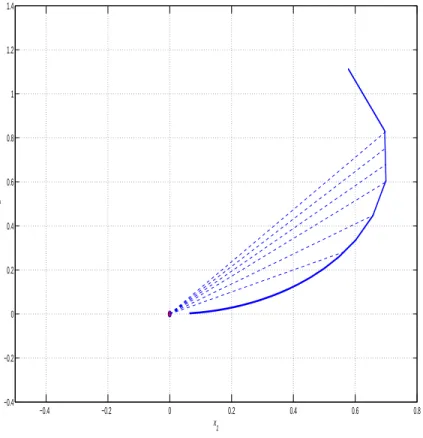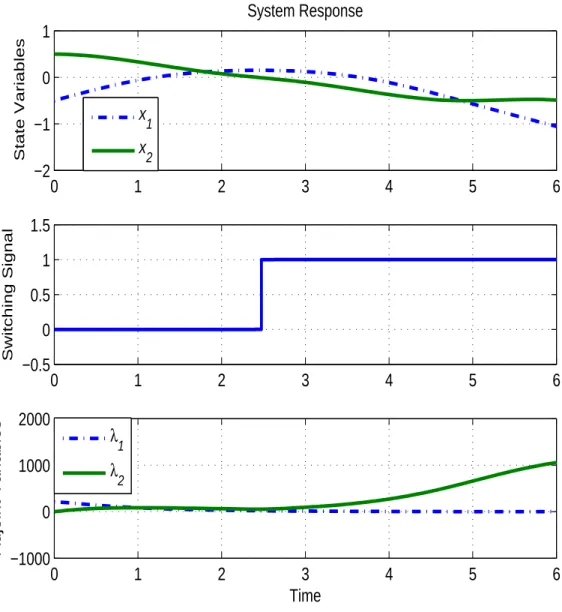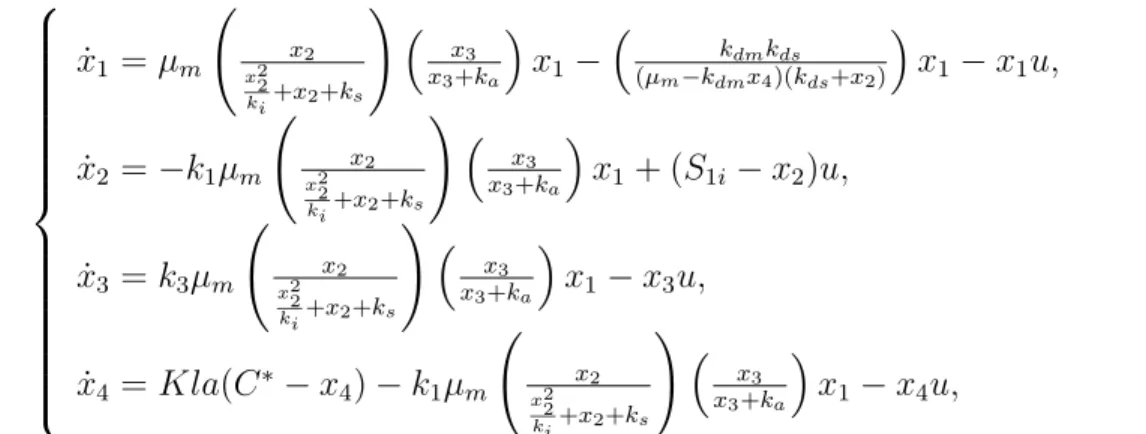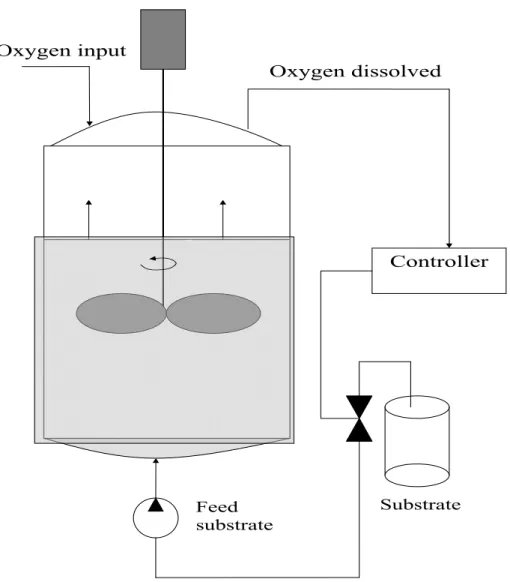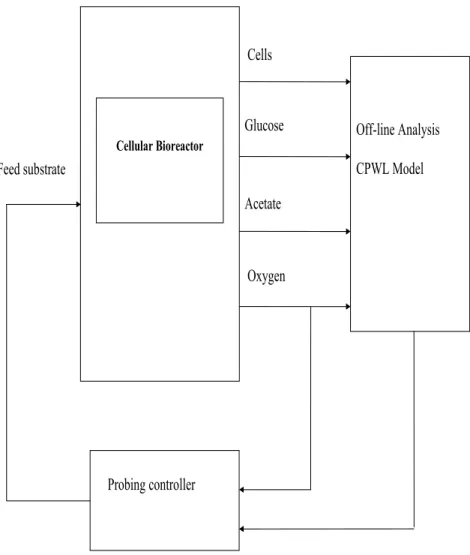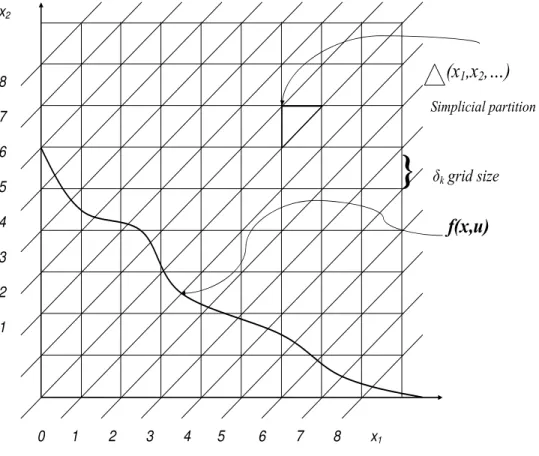A Polynomial Approach for Analysis and Optimal Control of Switched Nonlinear Systems
Texte intégral
Figure



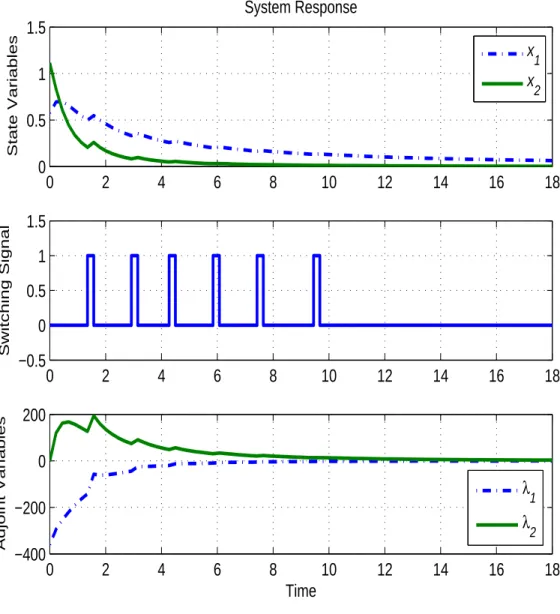
Documents relatifs
Abstract: The performance of networked control systems based on a switched control law is studied. The control law is switched between sampled-data feedback and zero control, the
Although there are many significant stability results for time-varying systems with delays (such as [9]), applying them often requires Lyapunov functions that may not always be easy
Lyapunov functions that define necessary and sufficient conditions for absolute stability of nonlinear nonstationary control systems.. Necessary and sufficient conditions for
In this section we recall a stability result based on parameter dependent Lyapunov functions and show how it can help for robust stability analysis in the case of switched
A summary of some of this work appears in the conference paper [35], but this version adds substantial value relative to [35] by including (i) an input-to-state stability analysis
In this paper, we will focus on the stability of NCSs with time-varying transmission intervals and delays and the presence of communication constraints, Preprint submitted to
The proposed method allows the detection of individual and touching insects in images of a trap, that contain many difficulties (noises and elements that are not insects),
Mais pour faire levain, les espaces ruraux ont besoin de populations bi-culturelles, de personnes qui partagent l’idéal de la transition et qui sont en même temps en connivence
